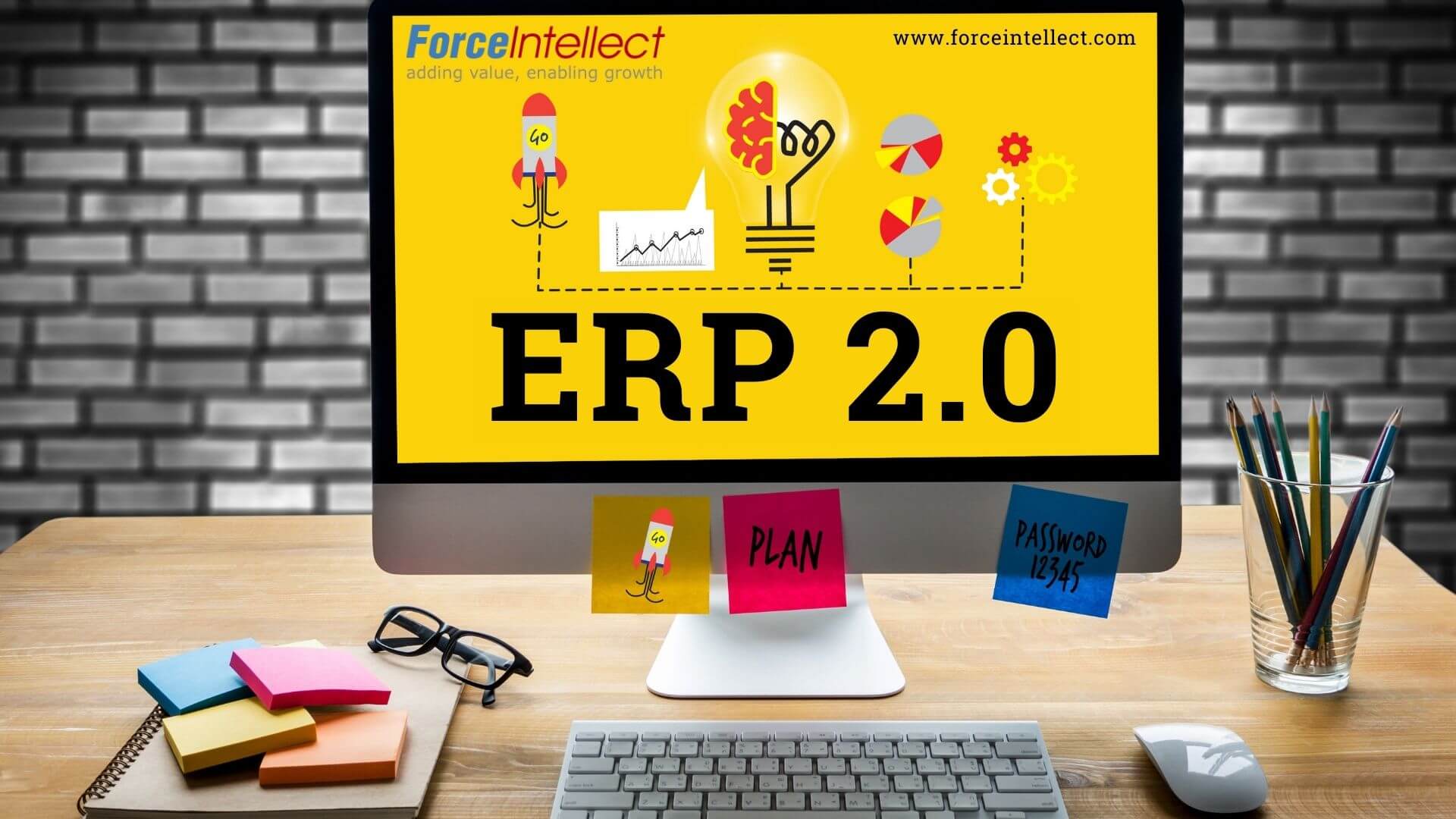
ERP 2 | What is ERP 2.0 | Important Features & Benefits
A good ERP is more than a good software. It connects people, processes, and resources.
ERP Software or ERP 2 as we know and see it now, is extremely evolved and has improved by leaps and bounds. It has far more advanced functionalities and capabilities as compared to its earlier versions. Let us now look at how ERP software transformed over the years, what are the important features and benefits of ERP 2.0, and more.
How ERP evolved to ERP 2.0?
MRP 1.0: Material Requirement Planning
The roots of the development of ERP can be traced back as early as the 1970s, when Manufacturing companies started to use software programs to plan production, schedule, and manage inventory. Back then, it was referred to as Material Requirement Planning (MRP) Software. Material Requirement Planning helped reduce wastage and ensure the right materials are available in the right quantity for production
MRP 2.0: Manufacturing Resource Planning
It is the successor of MRP 1.0. This system enables effective planning and assigning resources in manufacturing companies. It is a system that centralized and integrated process information for making informed decisions relating to master scheduling, design engineering, demand forecasting, inventory planning & control, machine & labor planning, finances, and accounting in manufacturing.
ERP 1.0: Enterprise Resource Planning
ERP software is the next logical progression and is built upon the MRP 2.0. However, ERP provides far more comprehensive features and functionalities. It covers the core business functions and processes such as material management, purchasing, procurement, production planning and control, accounting and finance, human resources, sales.
ERP is a significant improvement over MRP 2.0 because ERP system integrates data and processes across multiple departments and locations to create a source of real-time accurate data across the departments and functions of the organization.
ERP software provides modules for each function of the organization. So companies can implement a few specific modules or go with full suite implementation to manage their entire business with the help of integrated ERP software.
Another significant differentiator between MRP 2.0 and ERP is that; like MRP 2.0 ERP is not restricted to manufacturing industries alone. ERP software can be implemented by small and medium businesses, or a large corporate, in construction, professional services, healthcare or a government organization, and more.
ERP software vendors customized functionalities, features, and components according to the specific needs of various industries. This enables quicker implementation with minimal customization.
However, these ERP systems were premise-based and limited to the network within the organization and focused only on the continuous improvement of internal processes. It could not cover the entities outside the organization such as suppliers and customers. ERP 2 got over this limitation and expanded the reach. Let us now read in more details about ERP 2
ERP 2.0: Enterprise Resource Planning 2
Gartner coined the term ERP 2.0 in the year 2000. With the arrival of the Internet, ERP software also underwent a transformation. The new ERP systems could now connect to the Internet and gather information from external companies/sources as well as share their company data/information with other organizations, partners, suppliers, customers, etc. This helped to bring functions such as supply chain management, supplier relationship management, and customer relationship management also under the scope of the ERP software.
Important Features & Benefits of ERP 2
- ERP 2.0 leverages the internet and provides mobile apps and mobility features to gather real-time data in digital format across organizations as well from customers, suppliers, and more. It creates a digital backbone for the organization that enables data-driven culture.
- ERP 2.0 provides functionalities to access select ERP information from anywhere at any time and obtain online/e-Approvals, via Email /SMS in real-time and bring speed in business.
- With ERP 2.0 you can provide suppliers, customers access to your ERP via separate Logins. Thus, you can share relevant information about supply chain activities and customer deliveries. This brings transparency and improves collaboration and coordination among all stakeholders and decision-makers. It helps to build trust and long term relationships.
- ERP 2.0 provides One glance Dashboards, Trends of Past transactions, and Push Reporting features which help to keep a check on the performance of the entire organization and make changes as required to carry out improvements in each and every function including the supply chain and customer relations.
Summary
ERP 2.0 connects people, processes, and resources within and outside the organization. It provides real-time accurate information to employees, vendors, customers alike. It eliminates redundant processes and improves communication, collaboration, to make data-driven, timely decisions.
Contact Us for more information.

